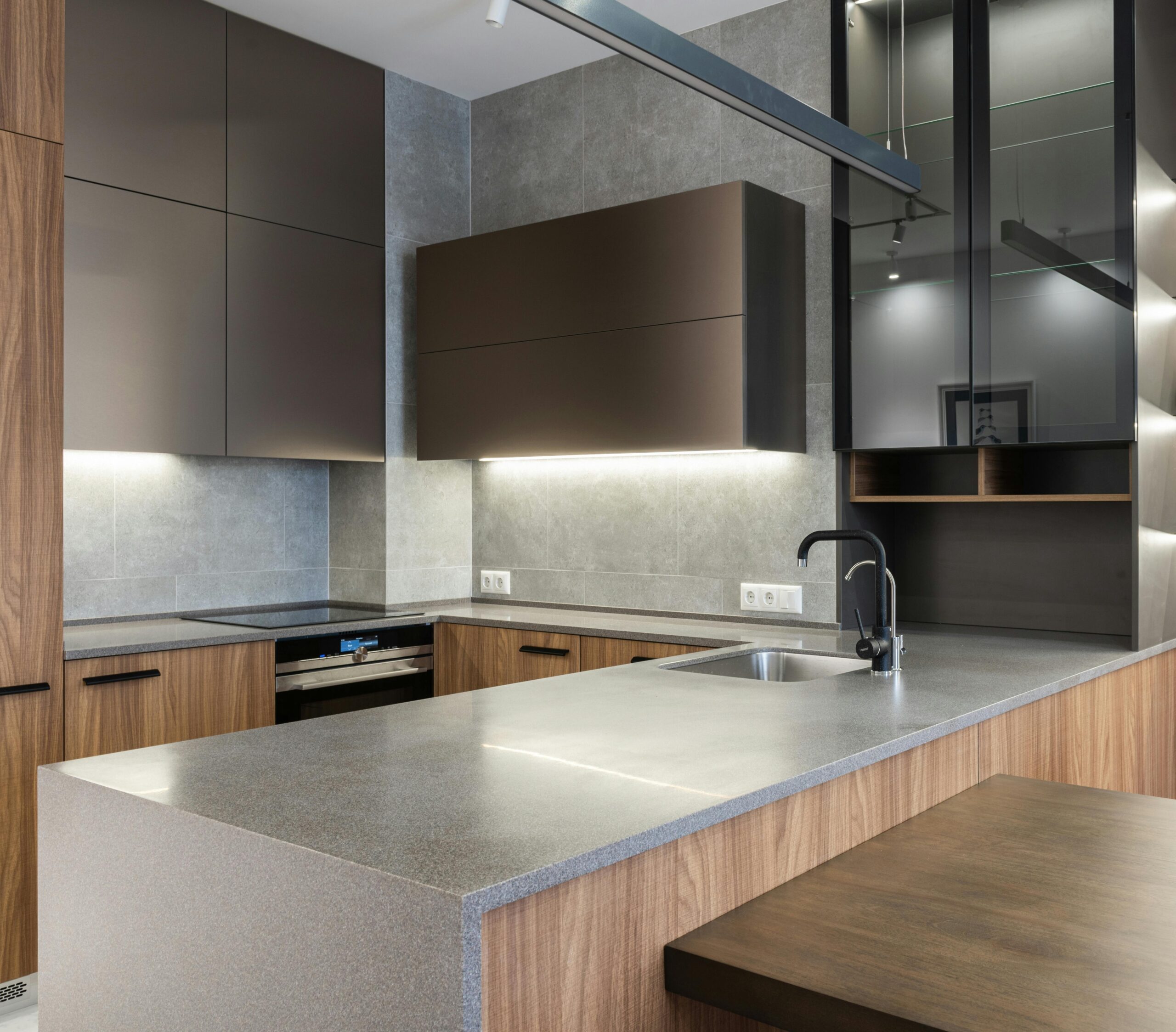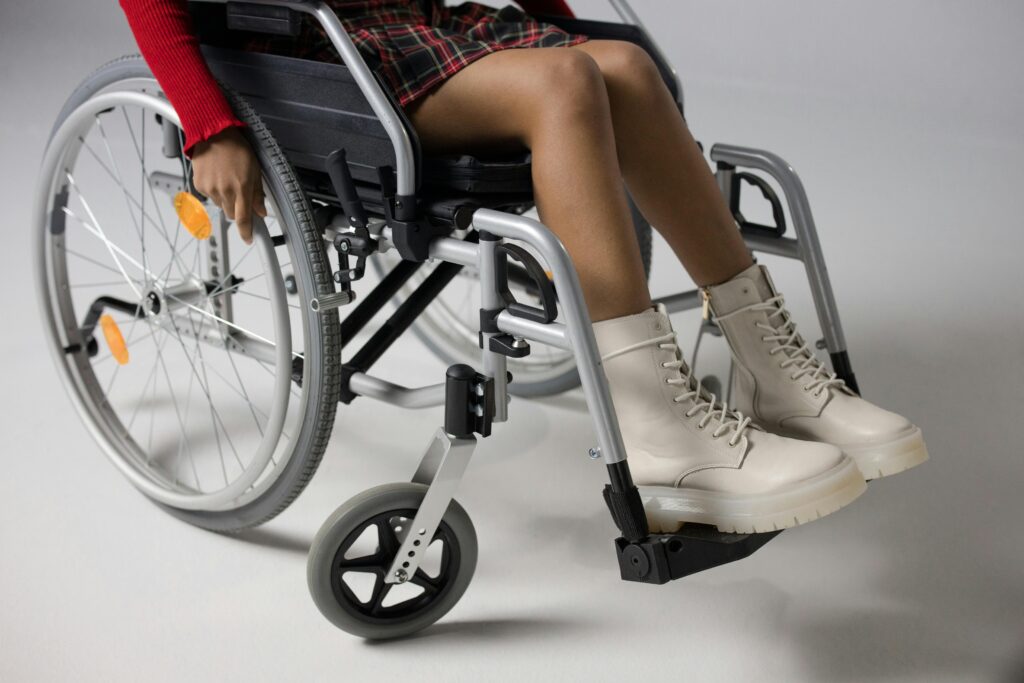Ever walked into a room and felt like your chair was judging you for your carbon footprint? No? Well, with smart furniture made from sustainable materials, that might actually be the case soon. Imagine a world where your couch adjusts itself to save energy or your table reminds you to recycle. Sounds futuristic, right? But guess what—this tech is already here. In this post, we’ll explore how smart furniture is revolutionizing our homes while prioritizing sustainable materials. You’ll also learn about design innovations, practical tips, and jaw-dropping examples. Plus, a rant. Because let’s face it, nobody likes wasteful gimmicks masquerading as “innovation.”
Table of Contents
- Key Takeaways
- Why Sustainable Materials Matter
- How to Choose Smart Furniture Made Sustainably
- Best Practices for Incorporating Smart Furniture
- Success Stories: Real-World Applications
- Frequently Asked Questions
Key Takeaways
- Smart furniture combines cutting-edge technology with eco-friendly designs using sustainable materials.
- Innovations include self-adjusting seating, modular pieces, and IoT integration.
- Prioritizing sustainability in smart furniture reduces waste, improves durability, and supports green manufacturing processes.
- Avoid buying products labeled “smart” just for marketing hype—focus on functionality and ethics.
Why Do Sustainable Materials Matter?
Let’s talk about why sustainable materials are non-negotiable when it comes to smart furniture. Here’s the deal: traditional furniture production contributes significantly to deforestation, pollution, and landfill clutter. Scary stat alert! According to the Environmental Protection Agency (EPA), furniture accounts for over 9 million tons of waste annually in the U.S. alone. Yikes.

Enter smart furniture—an ingenious blend of tech and sustainability. These innovative designs not only solve functional problems but reduce environmental damage too. Think tables embedded with wireless charging pads powered by solar panels or chairs made from responsibly sourced wood that monitor posture.
But let’s get real for a second. I once fell victim to some shiny “smart” gadget sold as the next big thing—it turned out to be nothing more than a glorified Bluetooth speaker glued onto my coffee table. Lesson learned? Smart furniture should always prioritize practicality AND planet-friendly practices.
How Do You Choose Smart Furniture Made Sustainably?
Selecting smart furniture isn’t rocket science—but it does require a little savvy shopping. Follow these steps:
- Research Brands: Start by investigating companies known for their commitment to eco-consciousness. Look for certifications like FSC (Forest Stewardship Council) or Cradle to Cradle.
- Material Check: Opt for items made from renewable resources such as bamboo, cork, or recycled metals. Avoid anything with harmful chemicals like formaldehyde.
- Functionality Test: Does the piece genuinely enhance your life? For example, does that smart desk track calories burned during standing work sessions? If yes, it’s worth considering.
- User Reviews: Check testimonials online to ensure the product lives up to its promises before hitting “buy now.”
Tips for Integrating Smart Furniture Without Wasting Resources
Want to avoid looking like someone who bought a Tesla just to parallel park in front of Whole Foods? Keep these best practices in mind:
- Start Small: Incorporate one or two key pieces rather than redoing your entire home at once. A single statement item can have a huge impact.
- Mix & Match: Blend vintage finds with modern tech-infused pieces to create balance. That mid-century sideboard doesn’t need replacement if you add a smart lamp instead!
- Upcycle Wisely: Repurpose old furniture whenever possible. Some companies even offer retrofit kits to upgrade existing pieces with smart features.

Real People, Real Smarts: Success Stories in Sustainable Design
Still skeptical? Allow me to introduce Sarah, a busy mom of three who transformed her chaotic playroom into an organized oasis using a customizable shelving unit made from reclaimed oak. Equipped with built-in LED lights and app-controlled storage compartments, her new system doubled her space efficiency while slashing monthly electricity bills by 15%.
Then there’s James, a remote worker whose posture-improving smart chair helped him recover from chronic back pain. Its ergonomic design paired with sustainably sourced leather earned him compliments—and fewer chiropractic visits.
Answering Your Burning Questions About Smart Furniture
What’s the Difference Between Regular Furniture and Smart Furniture?
Regular furniture focuses solely on aesthetics and basic functionality. Smart furniture adds advanced tech capabilities like automation, connectivity, and adaptability—all without compromising style.
Is Buying Smart Furniture Worth It?
If chosen wisely, absolutely. However, steer clear of flashy features that don’t align with your lifestyle. Remember, overly complicated gadgets often end up collecting dust.
How Can I Afford Eco-Friendly Options?
While upfront costs may seem higher, investing in durable, multi-functional pieces saves money long-term. Many brands also offer financing plans or trade-in programs for older furniture.
Conclusion
Smart furniture is no longer a futuristic concept; it’s here, and it’s greener than ever. By choosing pieces crafted from sustainable materials, you’re not only upgrading your space—you’re contributing to a healthier planet. So go ahead, invest in that biodegradable beanbag chair or motion-sensing nightstand. Just promise me one thing: Don’t forget the coffee.
And hey, remember: Like Pokémon Red, great design evolves over time. Now excuse me while I binge-watch HGTV and imagine my dream smart home.
“Wood whispers stories,
Bamboo bends, yet stands tall.
Future blooms sustainably.”


